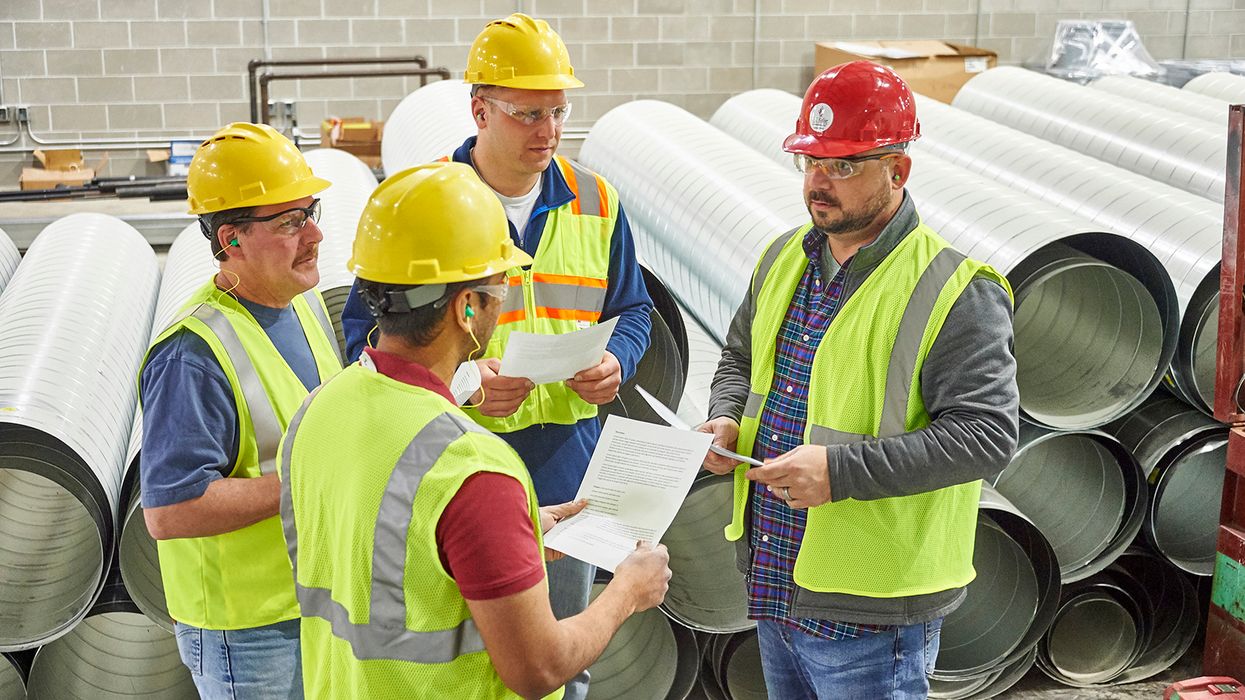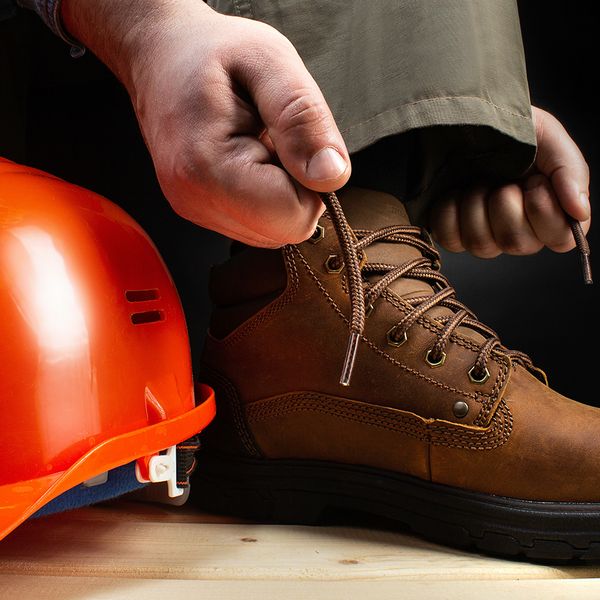PPE updates you may have missed in 2023
2023 was another year of forward movement for workers’ last line of defense from hazards—PPE! What PPE improvements did you make this past year? As industries and work processes modernize and evolve, increasing exposure to workplace hazards forces employers to seek more effective PPE solutions. Year after year, PPE violations continue making OSHA’s top 10 list of commonly violated standards. In 2022, the Agency identified the following PPE-related violations:
- 5,915 fall protection;
- 2,412 respiratory protection; and
- 1,572 eye and face.
PPE remained on OSHA’s enforcement activities, as evidenced in violations published by the Agency in its News Releases during 2023. Regarding eye and face violations, workers didn’t wear proper eye and face protection to prevent injury from flying projectiles.
PPE fit
On July 19, 2023, OSHA published a News Release announcing its intention of proposed rulemaking activity to revise its current Construction PPE standard. The proposed revision clarifies that Construction industry employers must provide workers with properly fitting PPE.
Unlike OSHA’s General Industry PPE standards, the current Construction PPE requirements in section 1926.95 do not explicitly require that PPE properly fit workers. On July 20, 2023, OSHA published Docket No. OSHA-2019-0003 in the Federal eRulemaking Portal requesting stakeholders to submit comments and hearing requests related to its proposed revisions by September 18, 2023. As of November 2023, OSHA continues to review stakeholder comments.
Hard hats
During its subcommittee meeting on October 19, 2023, the Federal Advisory Council on Occupational Safety & Health (FACOSH) discussed Type II head protection. FACOSH is a Presidential advisory body to the Secretary of Labor. Hard hats have a Type I or Type II rating on the manufacturer’s sticker. These markings are based on ANSI Z89.1’s impact ratings.
Type I hard hats protect from objects or impacts from the top center area of the hard hat and are often used in work areas with no lateral head impact hazards. Type II head protection, on the other hand, offers protection from both top and lateral impacts and objects and is often found on construction jobsites or complex general industry settings where workers face multiple head contact exposures. Recognizing the increased protection of Type II head protection, many contractors started requiring their workers to wear them during 2023.
Heat stress
Heat is the leading weather-related killer, becoming more dangerous as 18 of the last 19 years were the hottest. The U.S. Department of Labor’s Bureau of Labor Statistics (BLS) reports that from 2011 to 2019 (7 years), environmental heat cases resulted in an average of 38 fatalities per year and an average of 2,700 cases with days away from work. Heat-stress prevention PPE includes:
- Loose-fitting long-sleeve shirts or pants,
- Hard hats with a wide brim,
- Shaded safety glasses,
- Cooling Vests,
- Cooling Towels, and
- Cooling bandanas.
OSHA doesn’t have a heat-specific standard—yet! Continuing its multi-year efforts so far, OSHA furthered its rulemaking efforts on June 20, 2023, by initiating Small Business Regulatory Enforcement Fairness Act (SBREFA) meetings. In this process, OSHA presents to the small entity representatives (SERs) the actual proposed regulatory text for the first time. Meetings concluded on November 3, 2023. The Agency’s efforts to address heat stress will continue into 2024.
Electrical PPE
A leading consensus standard on worker electrical protection, NFPA 70E-2024, was published early on May 13, 2023. Among several PPE-related updates, the definition protector was added—“A glove or mitten to be worn over rubber insulating gloves.” NFPA states, “It has been revised for clarity since the term leather or nonleather is overly broad.”
Properly rated protectors, like leather gloves, are worn over rubber gloves to help prevent punctures, cuts, and abrasions to the rubber lining that create a source of exposure to electrical hazards. Leather gloves aren’t rated for protection from electrical shock.
FR/AR apparel
OSHA recognizes National Fire Protection Association (NFPA) standards such as NFPA 2112, the National Fire Protection Association Standard on Flame-Resistant Garments for Protection of Industrial Personnel Against Flash Fire. If your workers are exposed to arc flash hazards, they’ll need both FR and Arc-rated (AR) clothing. For fire-resistant clothing only, FR-rated clothing would be sufficient.
Remember that AR clothing is also FR-rated but not vice versa. FR-rated clothing isn’t usually AR-rated. NFPA 2112-2023 was released in early 2023. Besides updating some garmet certification requirements, the edition makes a new reference to ASTM F3502-21, Standard Specification for Barrier Face Coverings. Barrier face coverings must be fully certified, too, something which wasn’t required in the 2018 edition.
Key to remember
As we close another year, another year ahead begins. Manufacturers will continue to enhance PPE to provide more worker protection solutions to employers as they have in the past, such as with hand protection and adaptive grip technology, using synthetic materials designed with enhanced performance, and higher levels of cut resistance. 2024 is bound to bring another sleuth of updates to the PPE landscape!




















































